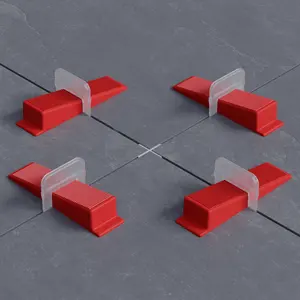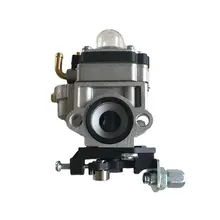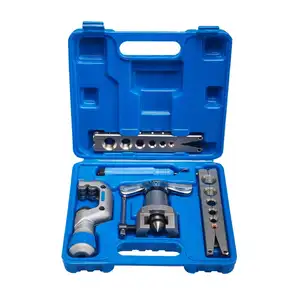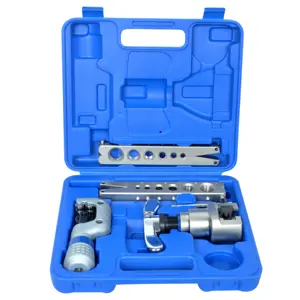A flaring tool is used to make joints on fabricated metals. It also seals copper tubing using a flare connection. With a flaring tool, the user gets to connect tubes with less hassle. This tool is necessary for workshops where technicians often need to groove and flare metals.
Types Of Flaring Tools
There are four main types of flaring tools. Manual flaring tools are the most common type. They are clamped into a vise and impart flares using threaded presses. A hydraulic flaring tool has a hydraulic cylinder that produces consistent and precise flares. They are ideal for auto dealers working on multiple cars. However, they need skills and expertise to operate and, therefore, are not ideal for beginners.
A pipe flaring tool consists of two die blocks separately. It has different openings that hold different pipe sizes and a flared cone held by a yoke. The tool produces 45 ° flares when a pipe is pressed into the end of the pipe. A single flare flaring tool features a groove that holds the ring in place. It produces single flares by pressing the metal on the groove. A double flare flaring tool, on the other hand, features a flared end that produces double flares on both sides of the metal.
How To Choose A Flaring Tool
When choosing a flaring tool kit, the user should consider its cost against its effectiveness. When calculating the cost of a flaring tool, the user should consider its buying price and maintenance cost. Usually, a flaring tool of higher quality tends to cost more, but it may require less maintenance. An ideal flaring tool should also be made of a sturdy material that stands the test of time. A technician who deals with multiple hard materials needs a strong flaring tool that will not bend or break easily, which also helps improve work efficiency and safety.
Additionally, users should consider their experience and how many materials they have to work on per day. A manual flaring tool is ideal for beginners since it is easy to use. A hydraulic flaring tool, on the other hand, is ideal for garages and workshops that deal with many flaring jobs. The size of a flaring tool should also correspond to the place the user intends to store after work. A technician may also need to work on metals outside their workshop. In this case, they can consider getting a small and lightweight flaring tool so they can carry it from place to place with ease. An ideal flaring kit should contain all the necessary tools, such as flare wrenches and clamp screw rods.











































 浙公网安备 33010002000092号
浙公网安备 33010002000092号 浙B2-20120091-4
浙B2-20120091-4